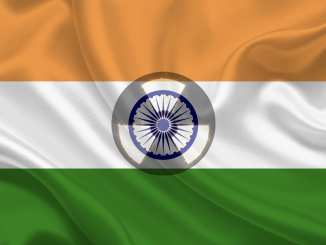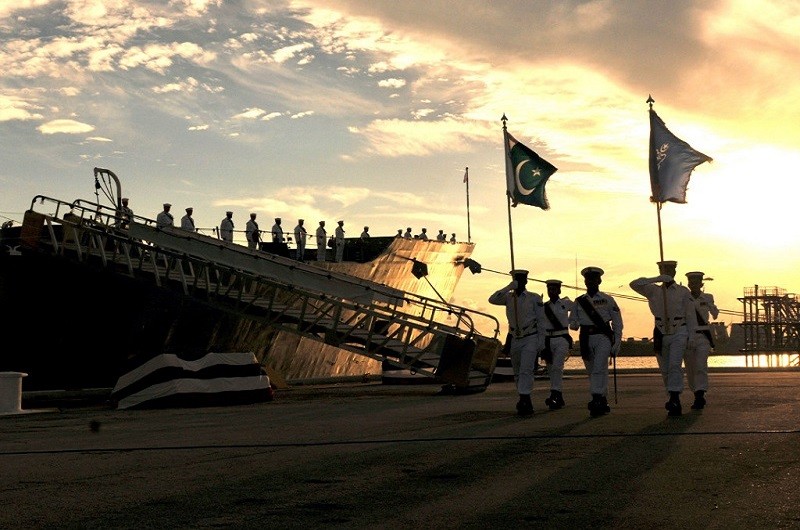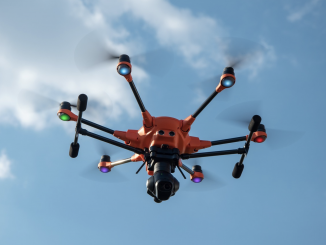
Collateral damage in conflicts between state(s) and non-state actors make international headline news. They cause severe embarrassment to the former and weaken their resolve to put down the armed insurrection through use of force. For the latter, such incidents prove a bonanza in promoting their cause and attracting considerable local sympathy and support. Use of fixed-wing air assets against the insurgents is widely held responsible for the escalation of collateral damage in such conflicts. Some consider extensive employment of highly sophisticated fixed-wing combat platforms by the government against fellow countrymen who have challenged the writ of the state as the disproportionate use of force that may violate the spirit of the Laws of Armed Conflict. They further maintain that aerial bombardment is the major contributor to collateral damage during the two campaigns. This article will examine the legal and moral dimensions of airpower employment by the state against non-state actors.
War by nature is brutal, and although the combatants primarily direct violence towards each other, civilians invariably suffer greater casualties. In the 20th century, an estimate of 180 million people perished during various wars and WW II alone, over forty million civilians were killed. Indiscriminate aerial bombardment of cities by both Allied and Axis forces during the Second World War gave air power the unsavoury reputation of being the leading cause for the death of non-combatants (collateral damage). Statistics, however, present a different picture. During the Second World War, of the forty million civilian casualties, only five per cent have been attributed to aerial bombardment whereas the rest were due to other factors. Yet the general belief that airpower remains the most significant contributor towards collateral damage in any given conflict persists.
The first decade of the 21st century has witnessed two major military operations: Enduring Freedom (2001) and Iraqi Freedom (2003), where air power was unleashed on a massive scale by one side with devastating consequences for the adversaries. While the two campaigns may be termed as conventional wars, albeit between two very unequal contestants, the fallouts of both operations have not led to peace and in fact have given birth to a relatively new form of armed struggle now being termed as Fourth Generation Warfare (4GW). Airpower is once again playing a dominant role by the stronger side, and it is also being held responsible for the majority of incidents of collateral damage that has come to light so far.
Besides the military campaigns by the USA led NATO and Allied forces in Afghanistan and Iraq respectively, airpower is also an integral part of the recent military campaigns by the Pakistani Armed Forces in Swat and South Waziristan. Termed Rah e Rast and Rah e Nijat (Swat and S. Waziristan), in both these operations, airpower provided and continues to provide critical support to the land forces in their offensive to drive out the insurgents from Swat Valley and S. Waziristan. After major military operations in Swat and South Waziristan were over, Operation Radd ul Fasaad was successfully executed in North Waziristan and Operation Radd ul Fasaad to mop up the remainders is still on.
While collateral damage in any form of conflict is considered undesirable, in the 4GW operations, excessive civilian casualties can fatally compromise the mission objective of successfully defeating the rebellion. The need to keep collateral damage to a bare minimum when striking the insurgents who operate in close proximity of the general public and are not averse to using them as human shields become a mandatory requirement – it also is a very challenging task. This single factor to a great extent neutralises the tremendous firepower advantage the state enjoys over their non-state opponents who have taken up arms against the government.
Preserving the territorial integrity of the state is the first and foremost responsibility of the state government. When faced with an armed rebellion challenging national integrity by a section of its population, the state has to exercise all powers at its disposal to eliminate the threat. Use of force is but one option and should only be exercised when other efforts through dialogues and negotiations fail to overcome the crisis. When force application becomes inevitable, it must initially be applied through the police and Paramilitary institutions. Regular armed forces should only be employed when the situation cannot be brought under control by police / Paramilitary actions, and the territorial integrity of the state comes under threat.
Even when force is applied in any form, the state must not close the options of dialogue and negotiation provided the rebels agree to cease armed insurrection and drop their demand for independence. Constitution of Pakistan has a provision for such an eventuality where it permits deployment of the Armed Forces in aid of civil power. It is then left to the discretion of the political rulers when, how and to what extent this option is exercised in any given situation. Legally, therefore, there is no bar on the state to use any or all elements of the Armed Forces at its disposal to overcome a crisis. One could debate whether other alternatives to diffuse the situation had been exhausted before the decision to launch the military was exercised in Swat and FATA, but there can be no two opinions that legally the option to do so is vested with the country’s leadership. Once such a decision by the competent authority has been arrived at, the government is at liberty to employ them in a manner it deems fit.
The argument that no country has ever deployed its armed forces against its population is occasionally aired in the media. This statement is not true. Sri Lanka eventually had to unleash its entire military might, including its air force against the Tamil rebels and it took over two decades to eliminate the armed insurrection. Whether peace will ultimately be restored will depend on the political process that the Sri Lankan government employs now that the military has created the necessary space where all genuine grievances of the aggrieved party except their demand for an independent state, may be redressed.
In neighbouring India too, the rebellions in the Indian Held Kashmir in the West and the Maoist armed struggle in its Eastern states forced the Indian government to deploy their security forces against the armed insurrections. While theoretically, the Indian Paramilitary forces in both the theatres are operating against the ‘insurgents’, a large number of Indian Army officers and men on deputation are actively participating in the campaign. The latest news from India suggests that the Maoist rebellion has reached a stage where the Indian government is seriously considering deploying the fixed-wing assets of the IAF against the rebels. Scores of other nations in Asia, Africa, Central America and Latin America have employed their armed forces directly or indirectly against their rebellious fellow countrymen.
In Spain, the UK, Germany and numerous other developed nations where indigenously bred armed groups challenged the writ of the state, the regular armed forces were not employed upfront. Still, their expertise and firepower were utilised indirectly to assist the Paramilitary units engaged against the insurgency. Apparently, the decision not to use the military directly in those states was because their civil armed forces have to date successfully contained the crisis and the insurgencies so far have not seriously threatened national integrity.
There is a near consensus among all military and social science scholars that while the use of armed forces by the state against a portion of its rebellious population may be justified under certain circumstances, this should be exercised only as the last option when all other strands of strategy fail to diffuse the situation. Military actions when conducted with care and caution can at best create an environment where a peacefully negotiated settlement can be finally arrived at. Keeping collateral damage to the bare minimum during the military operations then becomes a key consideration.
In conclusion, therefore, the decision to use the regular armed forces of a country against fellow countrymen who have resorted to arms struggle in a bid to break away from the federation will depend on the nature and severity of the movement, and the ability of the civil armed forces of the state to defeat the uprising.
![]()




Be the first to comment